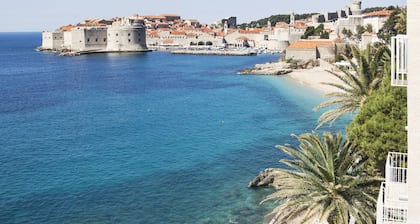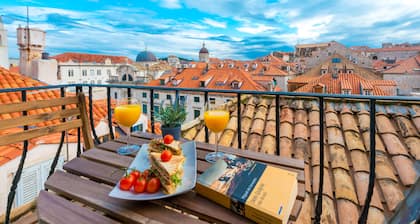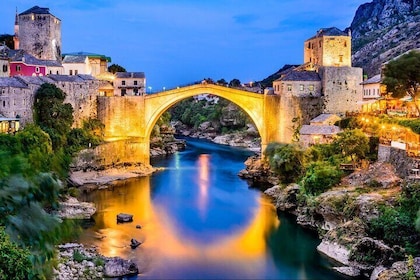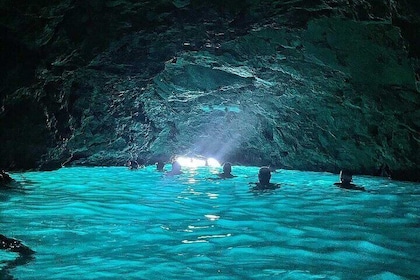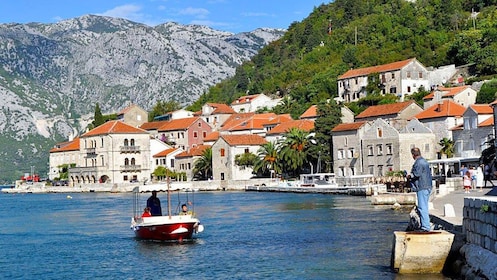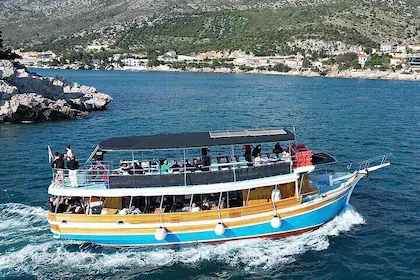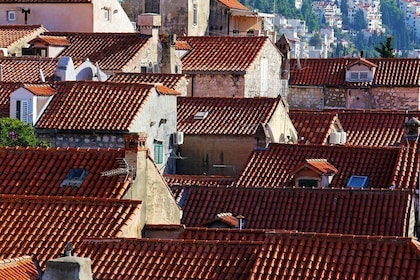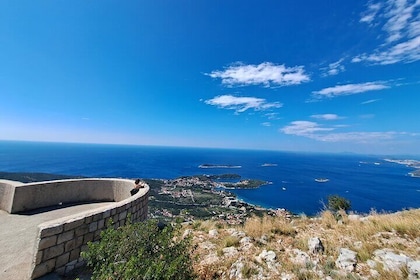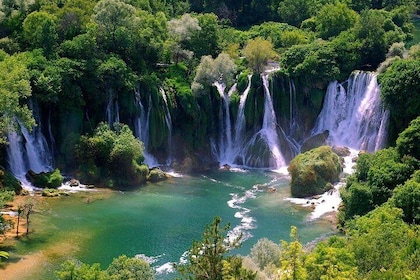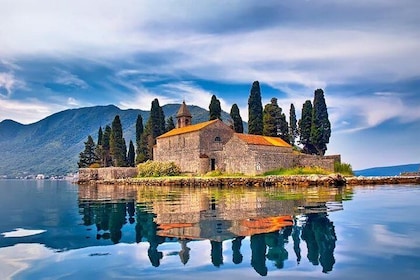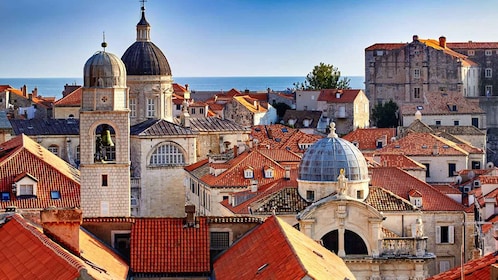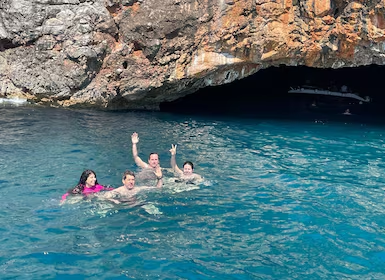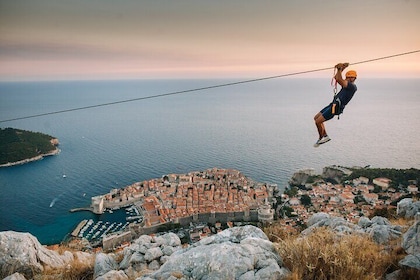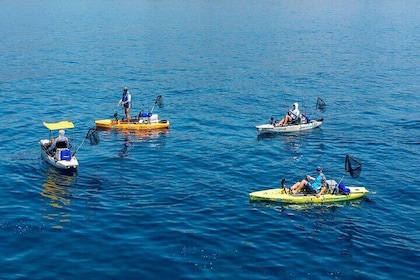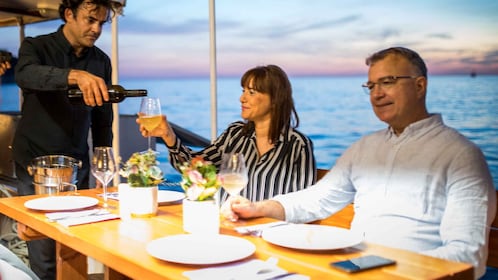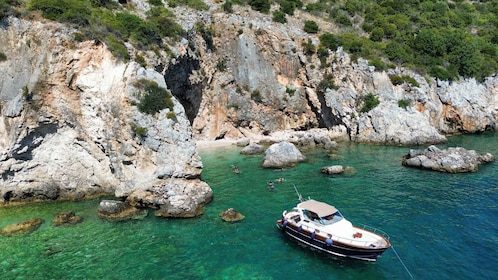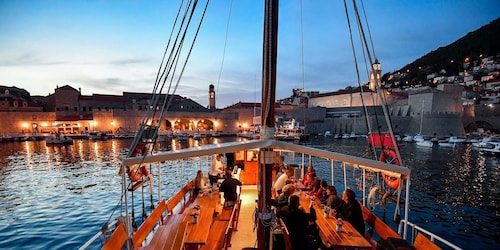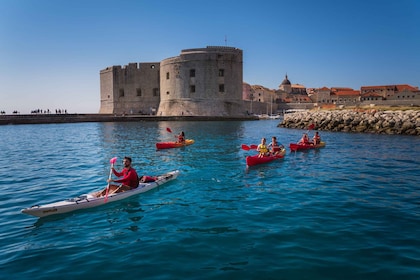During its long history, the Rector’s Palace has been blown up, devastated by fires and damaged by earthquakes. But the building has survived, although its appearance has changed over the years as it has been remodeled, restored and expanded. There were major reconstructions in 1435 and 1463 following gunpowder explosions, and again after the earthquake of 1667. The Rector’s Palace used to be the seat of government in the old Dubrovnik Republic and housed the offices of state, dungeons and a gunpowder store. The rector was the elected leader of the government. During his one-month term he wasn’t allowed to leave the palace except on official business. Today, the building houses the Cultural Historical Museum with thousands of objects from the late 16th to the 19th centuries. When you walk through the front entrance, look up to see the well-preserved inscription above the door. The words are in Latin and were intended to remind the rector’s of their purpose. They read “obliti privatorum publica curate,” which translates as “forgetting your private business, concern yourselves with public affairs.”Visit the exhibition halls on the ground floor, mezzanine and first floor to see furniture, textiles, paintings, medals, weapons, coats of arms and coins from the Dubrovnik Republic. Walk into rooms decorated in period style with furniture from the 18th century.As you make your way around the palace, soak up its architectural details. Among the many standout features are the Baroque staircase in the atrium and the Gothic-style 15th-century fountain, also in the atrium. Admire the capitals, the elaborate crowning features at the top of the building’s many columns.The palace’s atrium has superb acoustics. If you visit Dubrovnik in the summer months, book a seat at one of the concerts held here. Find details of performances on the official websites of the Dubrovnik Symphony Orchestra, the Dubrovnik Summer Festival and the Dubrovnik Tourist Board.The Rector’s Palace is in the Old Town, which is a pedestrian-only area, but you can get to this part of the city on a public bus from the airport, outer suburbs or harbor. The palace and museum are open daily and there is an entry fee.
Rector's Palace





Visit Rector's Palace
Tours & day trips
See all 512 activities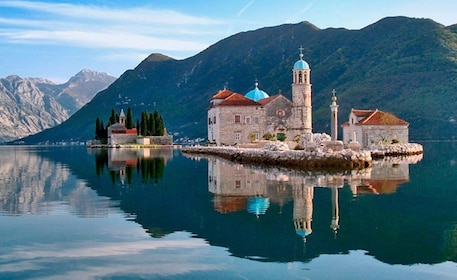
Montenegro Day Trip & Kotor Bay Short Boat Cruise
Private & custom tours
See all 256 activities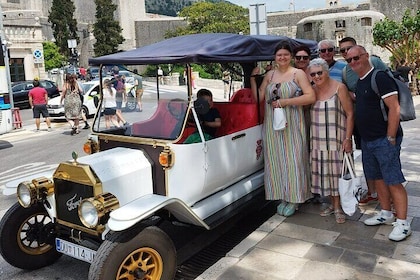
OLD CAR DUBROVNIK private sightseeing tour
Food, drink & nightlife
See all 84 activities
Olive farm & village
Adventure & outdoor
See all 28 activities
Buggy Dubrovnik Safari Tour (Private)
Holiday & seasonal tours
See all 22 activities
Blue and Green cave with romantic sunset
Reviews of Rector's Palace
5/5 - Excellent
Booked tickets for the Dubrovnik Symphony Orchestra Ensemble, playing "music of the films". Stunning location for such an event and well worth the £12 ticket.
2/5 - Disappointing
Not a lot to see....may be of slight interest if you really like religious history?
Popular places to visit

Church of St. Blaise
Step inside this early 18th-century church devoted to Dubrovnik’s patron saint to see one of the city’s most worshipped religious icons.
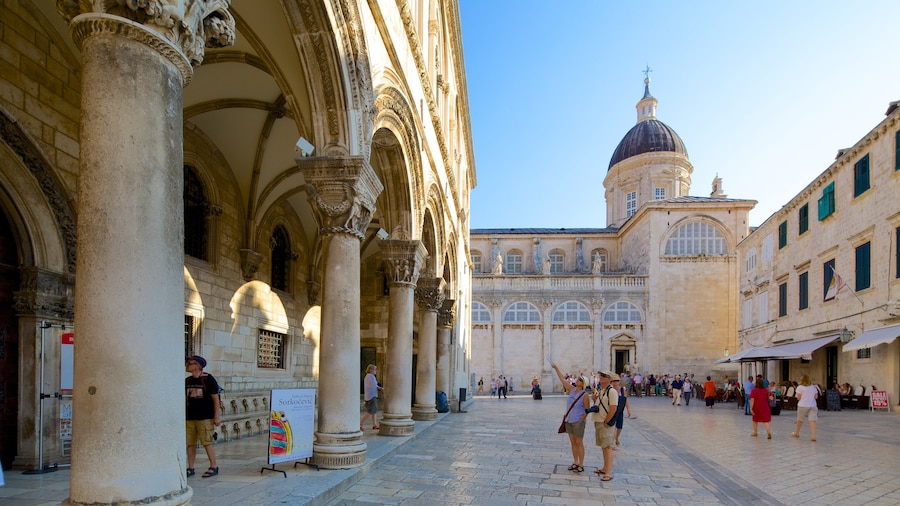
Dubrovnik Cathedral
Explore this 18th-century cathedral to see its impressive collection of art and religious relics, including remains of the city’s patron saint.
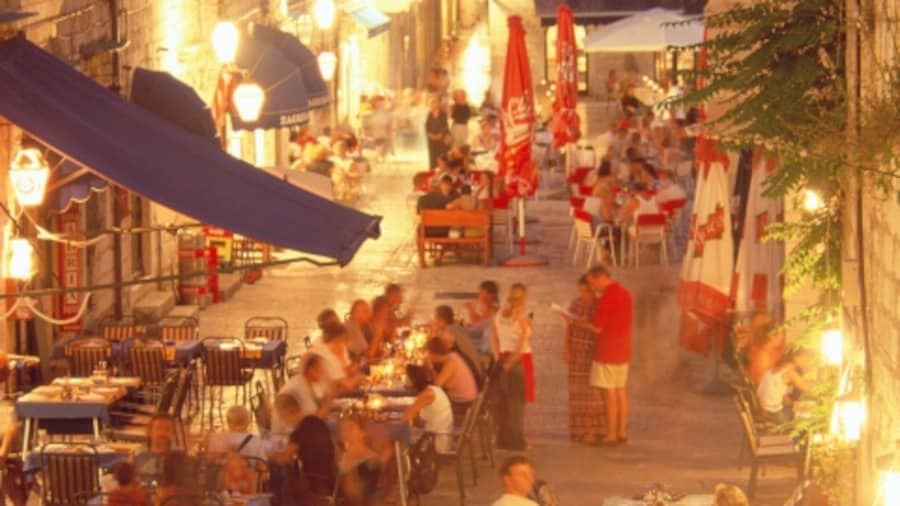
Gundulic Square
You can learn about the history of Dubrovnik with a trip to Gundulic Square. While you're in the area, stroll along the waterfront.
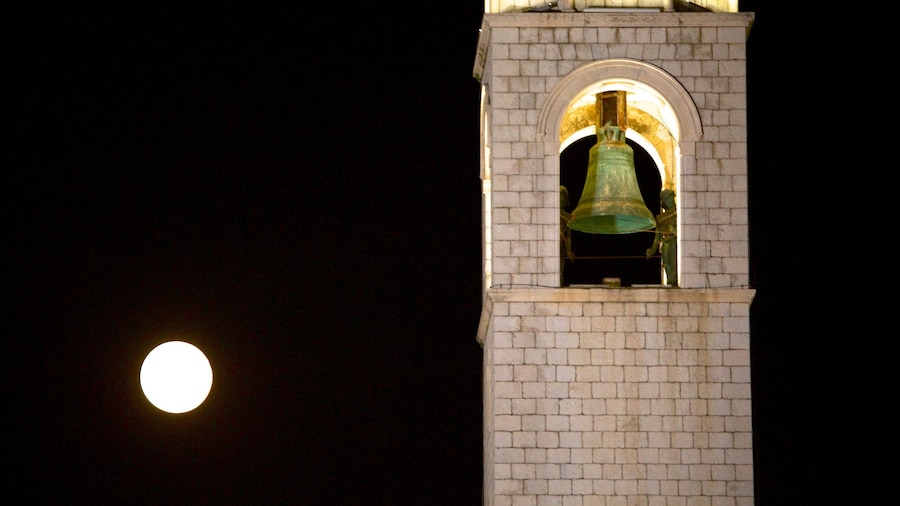
Bell Tower
You can learn about the history of Dubrovnik with a stop at Bell Tower. Amble around this family-friendly area's beautiful beaches and enjoy its top-notch restaurants.
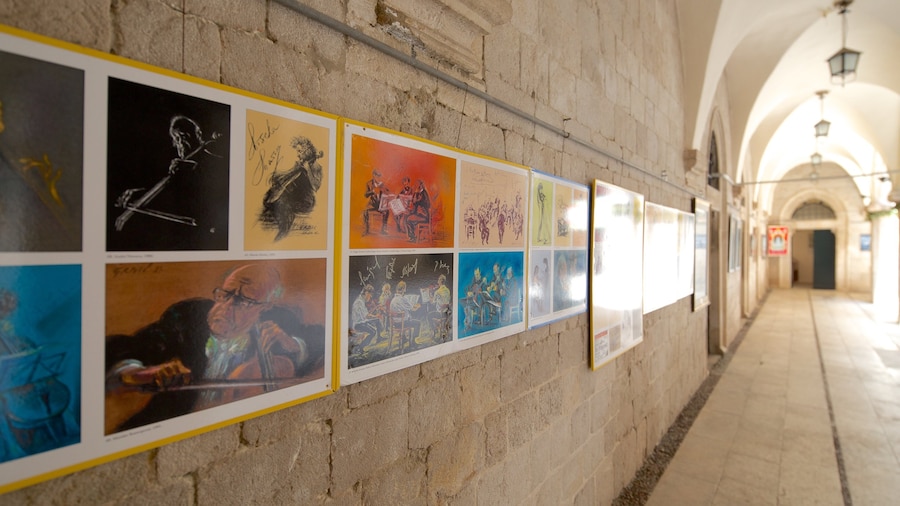
Sponza Palace
Admire the architecture of this stunning 16th-century building and visit its poignant memorial of the Croatian War of Independence.
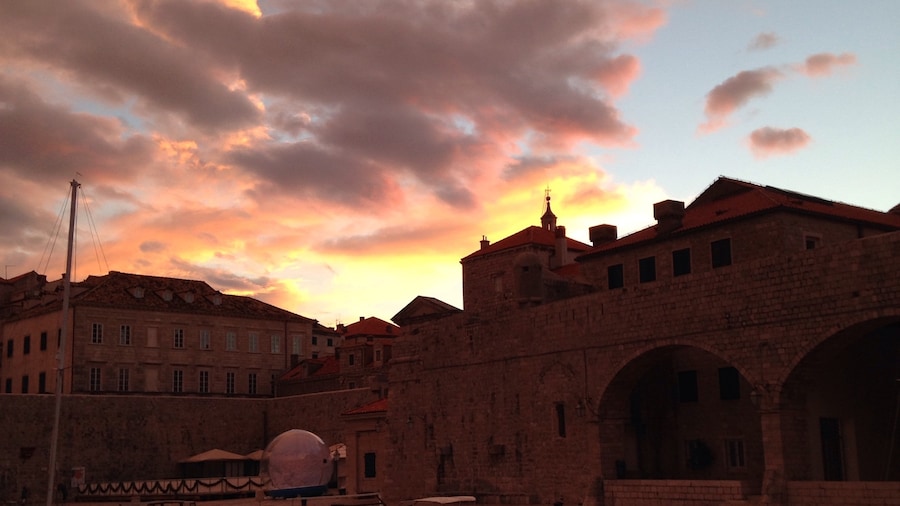
Old Town Harbor
Explore the waterfront of Old Town Harbor and enjoy other activities such as boating in Dubrovnik Old Town. Amble around this romantic area's beautiful beaches and enjoy its top-notch restaurants.
Top Rector's Palace Hotel Deals
Check prices on hotels near Rector's Palace
